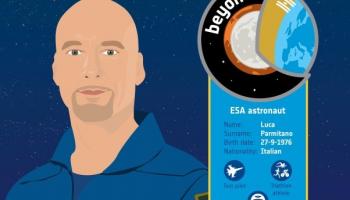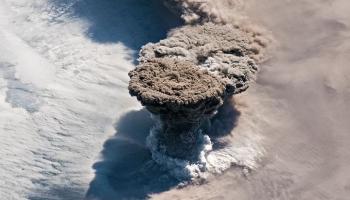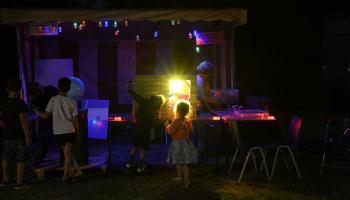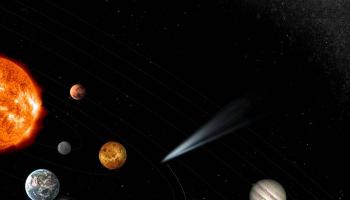Space-based measurements indicate that Central Africa is a global hotspot of formaldehyde (H2CO). This is due to biomass burning and to the emissions of the vegetation itself. African megacities also suffer from poor air quality associated with the widespread use of domestic combustion for cooking and old car fleets.
The methane mystery on Mars has had many twists and turns in recent years with unexpected detections and non-detections alike. Most recent is the detection in June by NASA’s Curiosity rover, which reported the highest burst of methane recorded yet. However, neither ESA’s Mars Express nor the ExoMars Trace Gas Orbiter recorded any signs of the elusive gas, despite flying over the same location at a similar time.
On July 25, 2019 (midnight, Belgian time), the payload Multiscale Boiling (or RUBI experiment) was launched successfully aboard a Falcon 9 rocket from Cape Canaveral, Florida, with SpaceX’s 18th resupply flight to the International Space Station (ISS). In August, astronaut Luca Parmitano will install RUBI inside the Fluid Science Laboratory (FSL) in the framework of the mission Beyond. The FSL laboratory is located within the Columbus module of the ISS. The installation date is currently set to Friday 9th of August 2019.
Dormant since 1924, the Raikoke Volcano in the Kuril Island chain, near the Kamchatka Peninsula in Russia, recently awoke. Data from the Copernicus Sentinel-5P and Sentinel-3 satellites are giving vital information on its aftermath.
On 21 June at about 18:00 UTC, the circular 2.5 km x 2.0 km island discharged a vast plume of volcanic gases and ash, between 7 and 15 km into the sky. The thick plume was carried to the east by a cyclone in the North Pacific, which the Copernicus Sentinel-3 and Sentinel-5P satellites recorded.
Every summer, the Wolvendael park situated near BIRA-IASB, is transformed into a universe of its own. People, families, anyone can bring their tent and spend the night under the stars, following a busy afternoon bursting with all kinds of activities.
The scientists of the Institute do not miss an opportunity to share the wonders of science, and the knowledge and wisdom that research has brought them, with the public. It is always a pleasure to tell the stories of the natural world, especially to the children, whose curiosity knows no bounds.
‘Comet Interceptor’ has been selected as ESA’s new fast-class mission in its Cosmic Vision Programme. Comprising three spacecraft, it will be the first to visit a truly pristine comet or other interstellar object that is only just starting its journey into the inner Solar System. As with Rosetta, the Royal Belgian Institute for Space Aeronomy (BIRA-IASB) will also play an important role in this comet mission. The launch is foreseen at the earliest in 2027.






